In the interconnected web of nature, flower gardens can serve as vital havens for wildlife, providing essential resources such as food, shelter, and nesting sites for a diverse array of species. By intentionally designing and nurturing flower gardens to support wildlife, you can create thriving ecosystems that benefit both local wildlife populations and the health and beauty of your outdoor space. In this guide, we’ll explore the steps to creating a wildlife-friendly flower garden habitat that attracts and sustains a variety of birds, butterflies, bees, and other fascinating creatures.
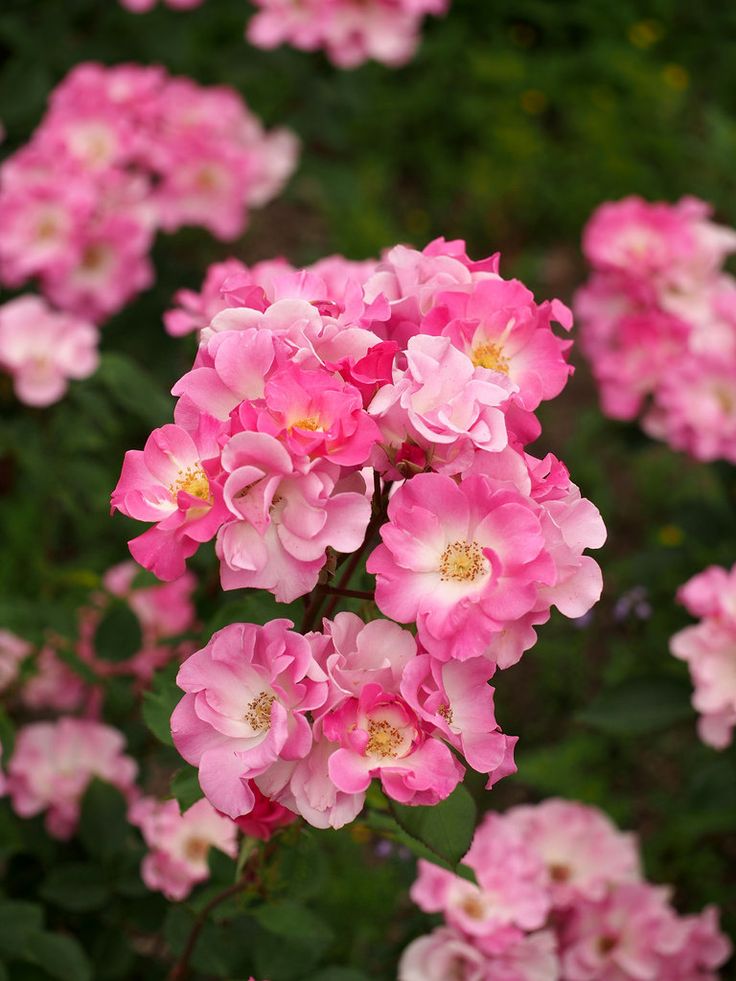
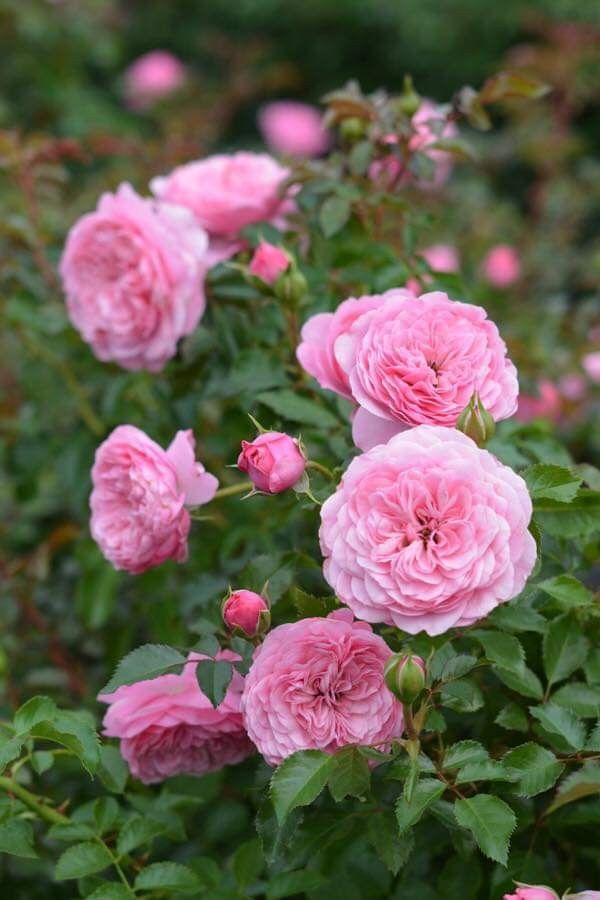
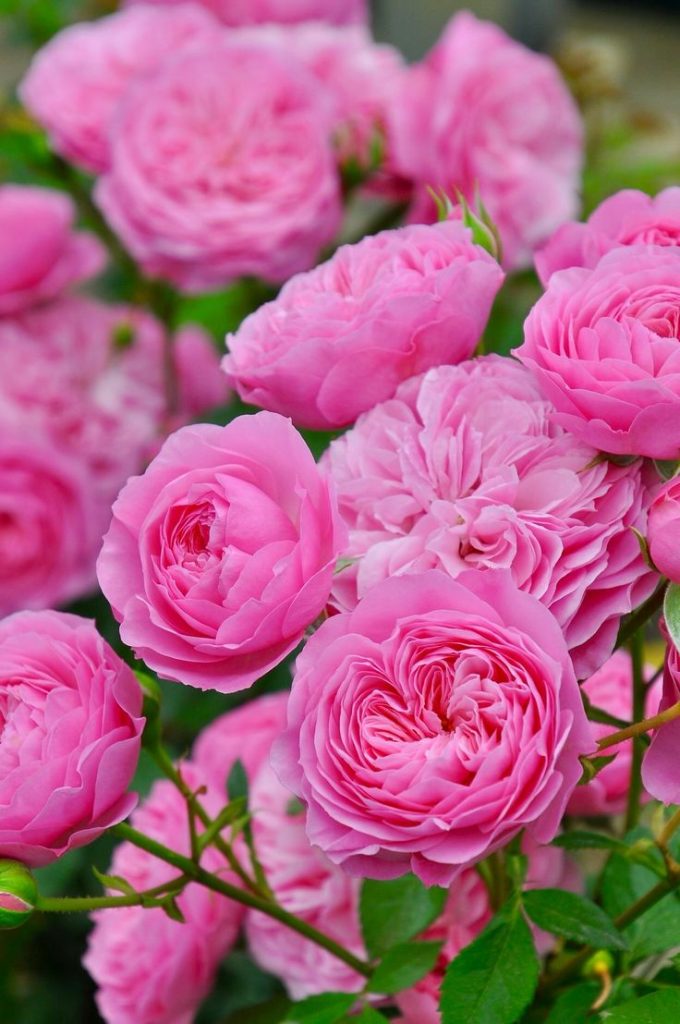

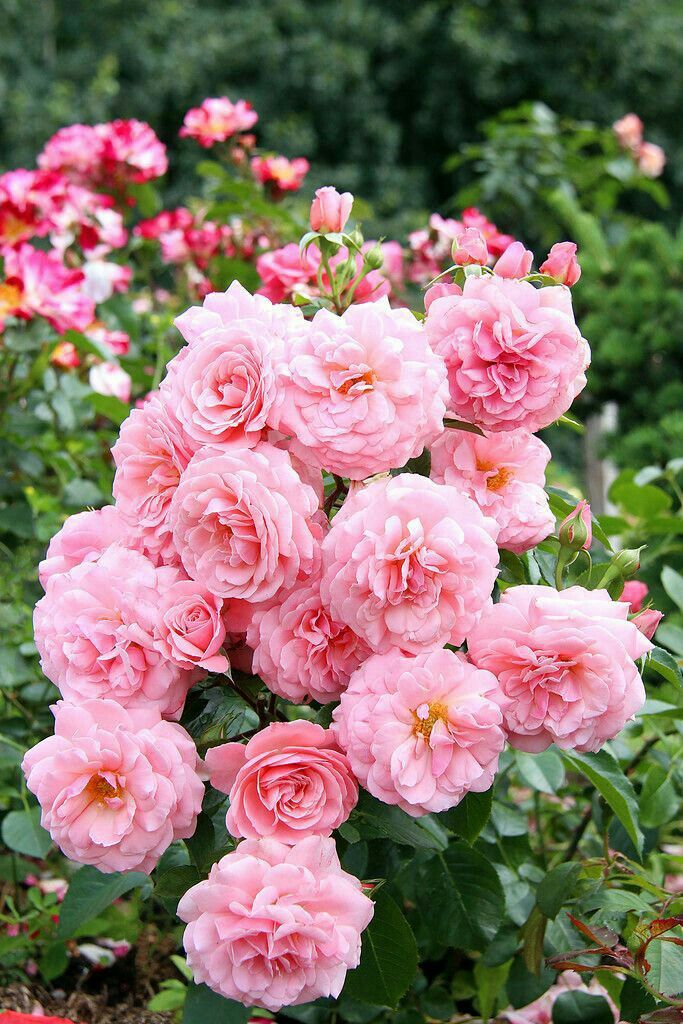
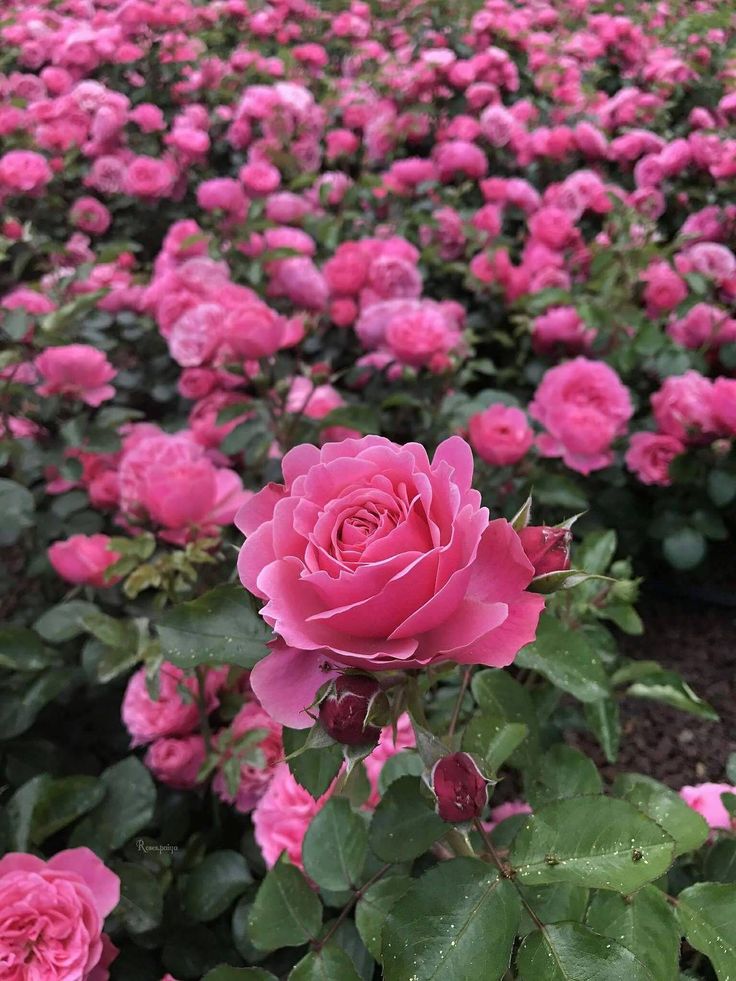
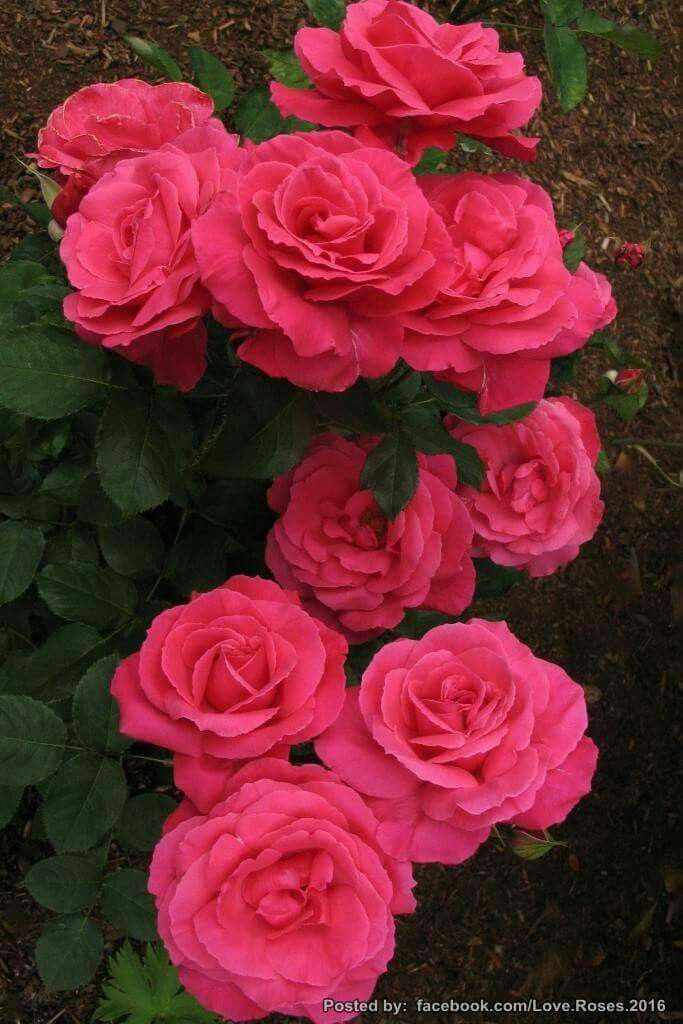
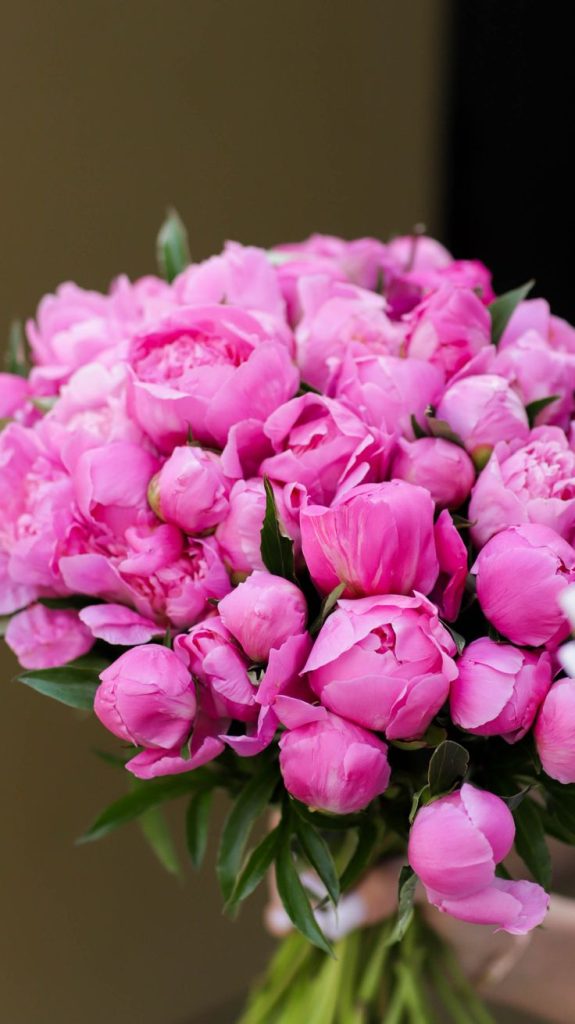
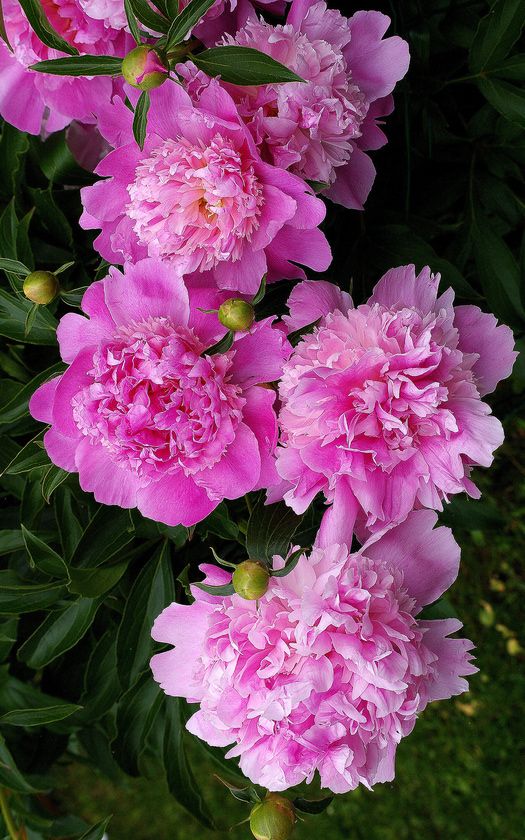
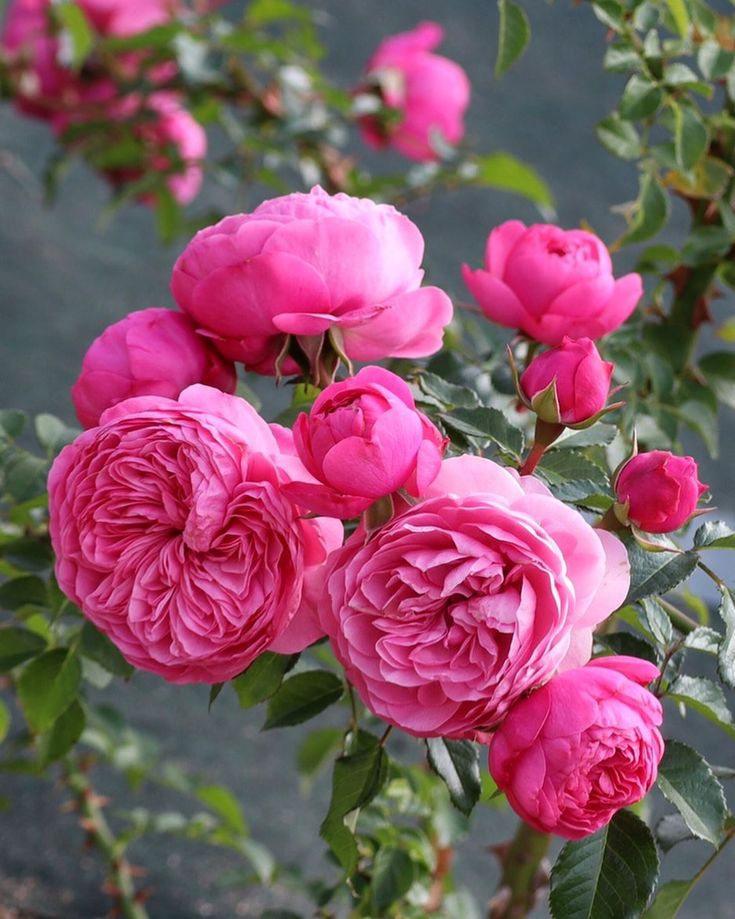
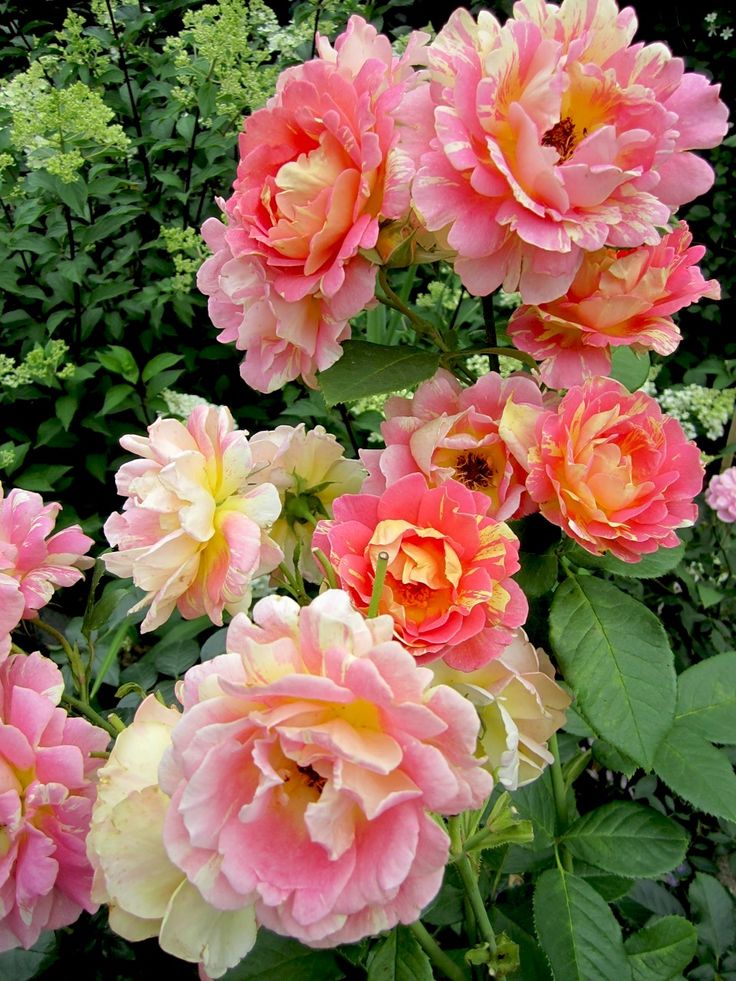
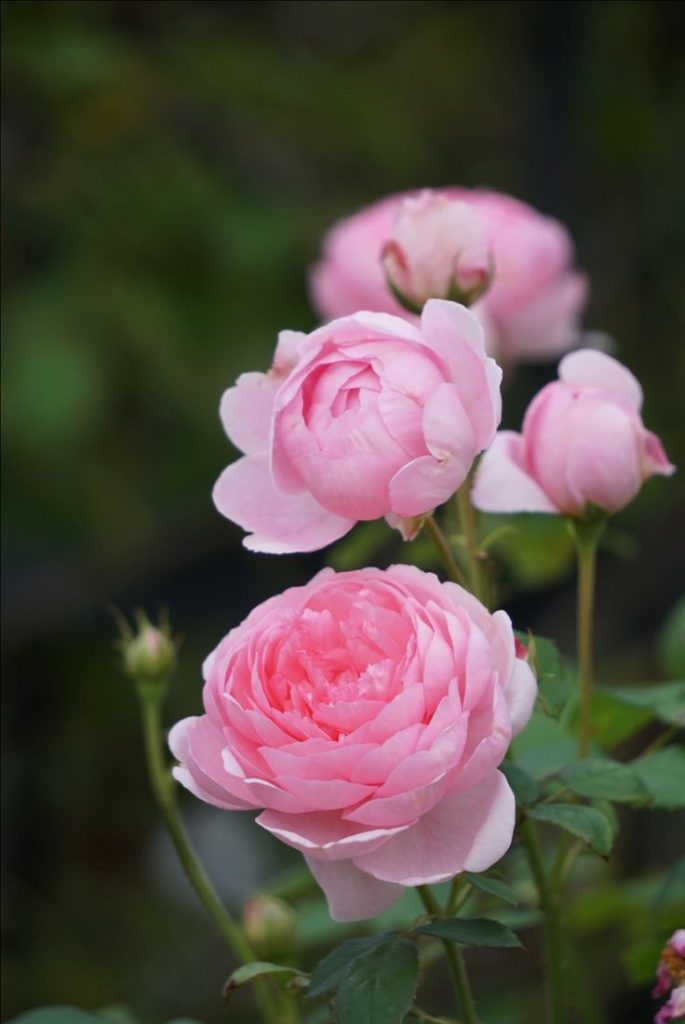
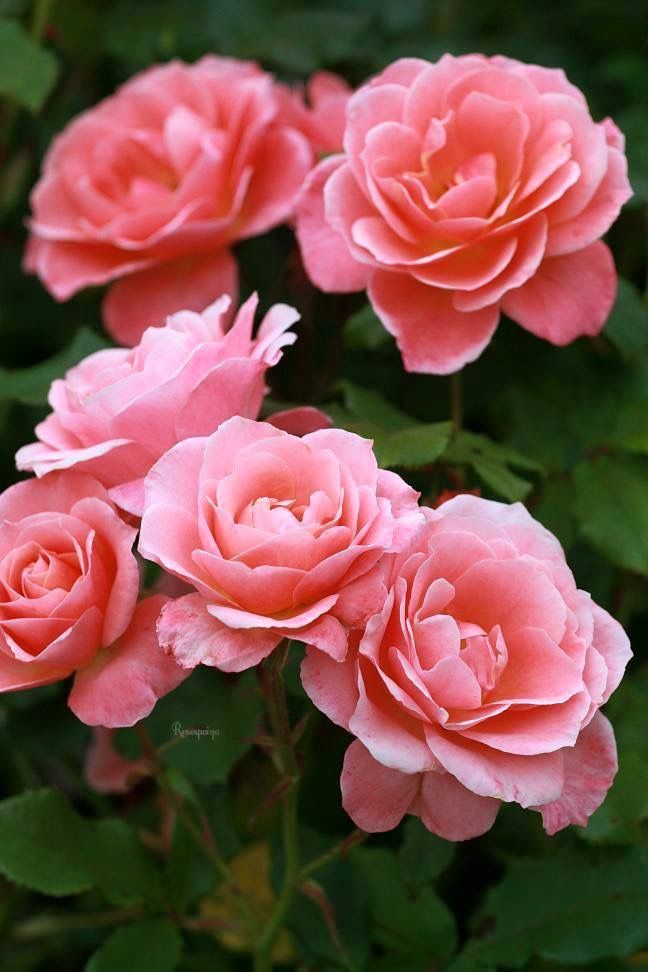
Understanding Wildlife-Friendly Gardening
- Habitat Diversity: Wildlife-friendly gardening focuses on creating diverse habitats that meet the needs of a wide range of wildlife species. By incorporating a variety of plants, structures, and features into the garden, you can provide food, water, shelter, and nesting opportunities for birds, insects, amphibians, and small mammals.
- Native Plantings: Native plants are essential components of wildlife-friendly gardens, as they have evolved alongside local wildlife and provide valuable food sources and habitat. Native flowers support a wide range of pollinators, including bees, butterflies, and hummingbirds, while also attracting beneficial insects that help control garden pests.
Designing a Wildlife-Friendly Flower Garden
- Plant Diversity: Choose a diverse mix of native flowers, shrubs, and trees to create a multi-layered and seasonally rich habitat. Include flowering plants with different bloom times, heights, colors, and shapes to provide a continuous supply of nectar and pollen for pollinators throughout the growing season.
- Wildlife Features: Incorporate wildlife-friendly features such as bird feeders, bird baths, butterfly puddling areas, and insect hotels into the garden to attract and support a variety of wildlife species. Provide shelter and nesting sites by including dense shrubs, brush piles, rock piles, and deadwood habitats.
- Water Sources: Provide access to clean and reliable sources of water for wildlife by installing bird baths, shallow ponds, or small water features. Ensure that water sources are easily accessible and located near sheltered areas to minimize predation risk for visiting wildlife.
Gardening Practices for Wildlife
- Organic Gardening: Avoid the use of synthetic pesticides, herbicides, and fertilizers, as these can harm beneficial insects, birds, and other wildlife. Instead, practice organic gardening techniques such as composting, mulching, and natural pest control to promote soil health and minimize environmental impact.
- Seasonal Maintenance: Allow garden areas to go partially wild by leaving some areas of the garden undisturbed and allowing plants to self-seed and naturalize. Avoid excessive pruning or tidying up during the growing season to provide habitat and forage for wildlife.
Enjoying the Benefits
- Observation and Learning: Take time to observe and learn about the wildlife that visits your garden, noting the different species of birds, butterflies, bees, and other creatures that come to feed, rest, and nest. Keep a journal or log of wildlife sightings and behaviors to deepen your understanding and appreciation of the natural world.
- Educational Opportunities: Share your knowledge and passion for wildlife-friendly gardening with others by hosting garden tours, workshops, or educational programs for friends, neighbors, or local community groups. Encourage others to join you in creating wildlife-friendly habitats and fostering a deeper connection to nature.
Conclusion
Creating a wildlife-friendly flower garden habitat is a rewarding and enriching experience that benefits both people and wildlife. By embracing the principles of habitat diversity, native plantings, and wildlife-friendly gardening practices, you can create vibrant and biodiverse landscapes that support the health and well-being of local wildlife populations. Let your garden become a sanctuary of life and beauty, where birds sing, butterflies dance, and bees buzz amidst a tapestry of blooming flowers. With your nurturing care and dedication, your wildlife-friendly garden will flourish and thrive, providing joy, inspiration, and wonder for generations to come.